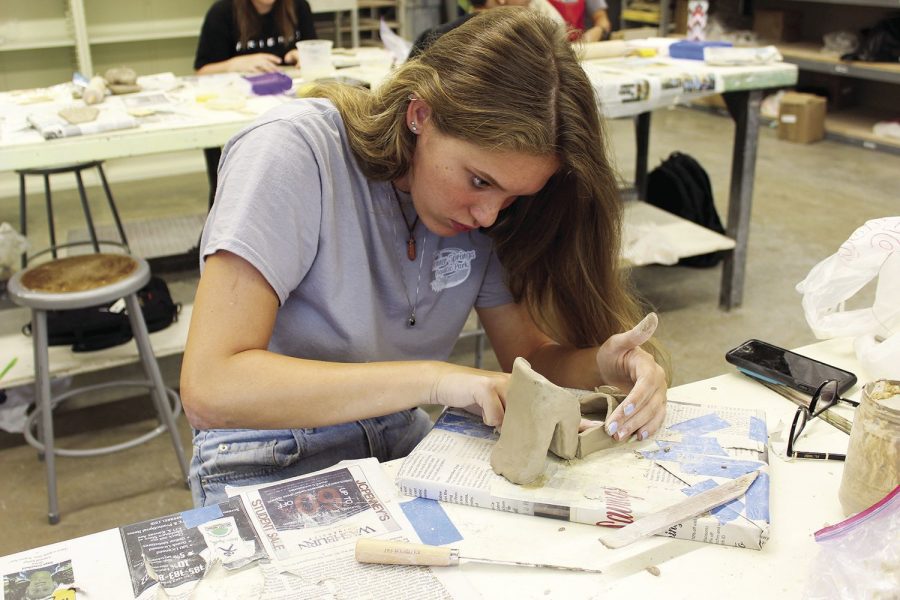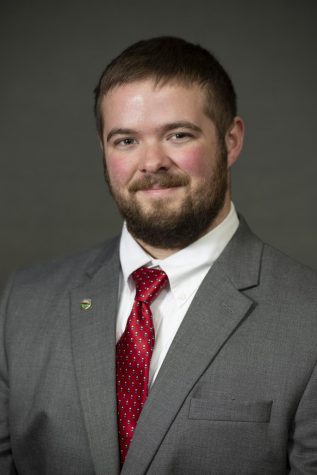Where does the money go?
August 30, 2019
Separate departments at Washburn do what they can to raise money to help fund everything from class trips to special projects, but often run into obstacles when pursuing fundraising goals. Two such departments, the theatre and art departments, have encountered more roadblocks than other departments due to the fact that they are not even receiving the full amount of funds that they should be getting from their customers and students.
In the case of the art department, the fees that auditors pay to use ceramics supplies do not return to the art department, rather they go back to the university and the art department never sees that money. Auditors are community members 60 or over that pay a certain price to sit in and participate in a variety of classes offered on campus. The auditors attend the classes by choice and are there to help the university improve the classes. These auditors can be found in classes ranging from literature to ceramics.
Auditors have to pay fees to the department in order to cover the costs of consumable materials while attending ceramics courses, but the cash they pay doesn’t go to the Art Department but instead to another fund entirely.
Kelly Thor, associate professor of art history and chair of the art department, doesn’t know where the auditor fees went and doesn’t know what they were used for.
“The reason why there are fees is because the auditors help chip in for glazes that are expensive for the department. We absolutely love our student auditors,” Thor said. “I was surprised to discover that the fees just went to a general fund. It wasn’t until I became chair that I realized it didn’t work out for the department.”
The theatre department suffers from a similar problem, with tickets sold at plays. Though this has changed recently for the present year, over the past several years the money gained from theatre productions was also sent to a general fund for the university with none of it coming back to the department. But Sharon Sullivan, professor and chair of the theatre department, explained that for this year, things have shaped out differently for the theatre students.
“Dr. Stephenson and The vice president of academic affairs just gave us permission to accept donations for our productions instead of selling tickets. We are very excited and appreciative of this opportunity,” Sullivan said. “This year, all donations will go towards a theatre/art department trip to Scotland to perform an original work, created by students, at the Edinburgh Fringe Festival in August 2020.”
So where did the money go? Vice President of Administration and Treasurer, Jim Martin, has the answer.
“On ceramics, students do pay fees to cover consumables. Those fees go into the Washburn General Fund. When it comes time to budget expenditures for ceramics classes, we try to include enough money in departmental budgets out of Washburn General Fund to cover the costs of consumables for tuition paying students and auditors,” Martin said. “On theater ticket sales, we treat these revenues just like athletic ticket sales and other university general revenues. That is the revenues go into the Washburn General Fund. We then budget an amount annually for the theater department operations out of the Washburn General Fund.”
In a way, the money gained from the theatre department and the art department makes its way back to both groups in the form of the annual budgeting meeting involving the Washburn general fund. However, it’s always important to keep an eye on where the money goes.
Edited by Adam White, Jason Morrison, Brianna Smith, Jessica Galvin




